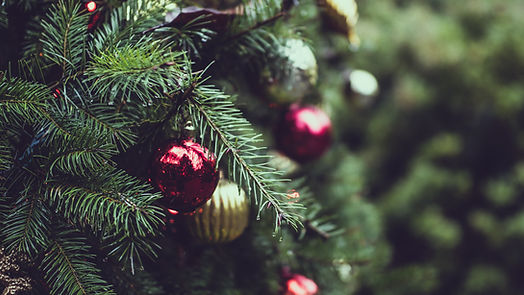
After falling out of favor for many years, cooking and garnishing with flowers is back in vogue once again. Flower cookery has been traced back to Roman times, and to the Chinese, Middle Eastern, and Indian cultures. Edible flowers were especially popular in the Victorian era during Queen Victoria’s reign.
Today, many restaurant chefs and innovative home cooks garnish their entrees with flower blossoms for a touch of elegance. The secret to success when using edible flowers is to keep the dish simple, do not add to many other flavors that will over power the delicate taste of the flower. Today this nearly lost art is enjoying a revival
BEFORE CONSUMING ANY PLANT OR FLOWER, CHECK WITH A MEDICAL OR PLANT PROFESSIONAL.
NOT EVERY FLOWER/PLANT IS EDIBLE – In fact, sampling some flowers can make you very, very sick.
You also should NEVER use pesticides or other chemicals on any part of any plant that produces blossoms you plan to eat.
Never harvest flowers growing by the roadside.
Identify the flower exactly and eat only edible flowers and edible parts of those flowers.
Always remember to use flowers sparingly in your recipes due to the digestive complications that can occur with a large consumption rate. Most herb flowers have a taste that’s similar to the leaf, but spicier. The concept of using fresh edible flowers in cooking is not new.
Here are few examples of flowers used in culinary:
Carnations (Dianthus caryophyllus – aka Dianthus) – Carnations can be steeped in wine, candy, or use as cake decoration. To use the surprisingly sweet petals in desserts, cut them away from the bitter white base of the flower. Dianthus are the miniature member of the carnation family with light clove-like or nutmeg scent. Petals add color to salads or aspics. Carnation petals are one of secret ingredients that has been used to make Chartreuse, a French liqueur, since the 17th century.
Nasturtiums Tropaeolum majus) – Comes in varieties ranging from trailing to upright and in brilliant sunset colors with peppery flavors. Nasturtiums rank among most common edible flowers. Blossoms have a sweet,spicy flavor similar to watercress. Stuff whole flowers with savory mousse. Leaves add peppery tang to salads. Pickled seed pods are less expensive substitute for capers. Use entire flowers to garnish platters, salads, cheese tortas, open-faced sandwiches, and savory appetizers.
Violets (Viola species) – Sweet, perfumed flavor. Related flowers, Johnny jump-ups or violas, and pansies now come in colorful purples and yellows to apricot and pastel hues. I like to eat the tender leaves and flowers in salads. I also use the flowers to beautifully embellish desserts and iced drinks. Freeze them in punches to delight children and adults alike. All of these flowers make pretty adornments for frosted cakes, sorbets, or any other desserts, and they may be crystallized as well. Heart-shaped leaves are edible, and tasty when cooked like spinach.

In regards to violets, I have memories of having crystallized violets in our regular inventory during my formative years of cooking. These little delicacies were imported from France at a significant cost. Even in the late 80's we were paying around $100 for a small box of these. Violets grow well here in Canada, and further more crystallized violets are easy to make.
Lightly whisk some egg white and use a small fine brush to completely cover the flower petals and chalice. Sprinkle the flower with superfine granulated sugar.
The sugar can be colored to match the flower by mixing in a little petal dusting powder.
Shake off any excess sugar and dry the flowers completely. Small ones can be left to dry on absorbent paper (i.e. kitchen roll). Larger flowers, such as roses, wrap a piece of wire around the stem, and dry hanging upside down from a glass or other suitable item to avoid squashing the petals.
Looking for a more extensive list of edible flowers and how they are used for culinary purposes? Have a look at this website.
Have a great day folks!


コメント